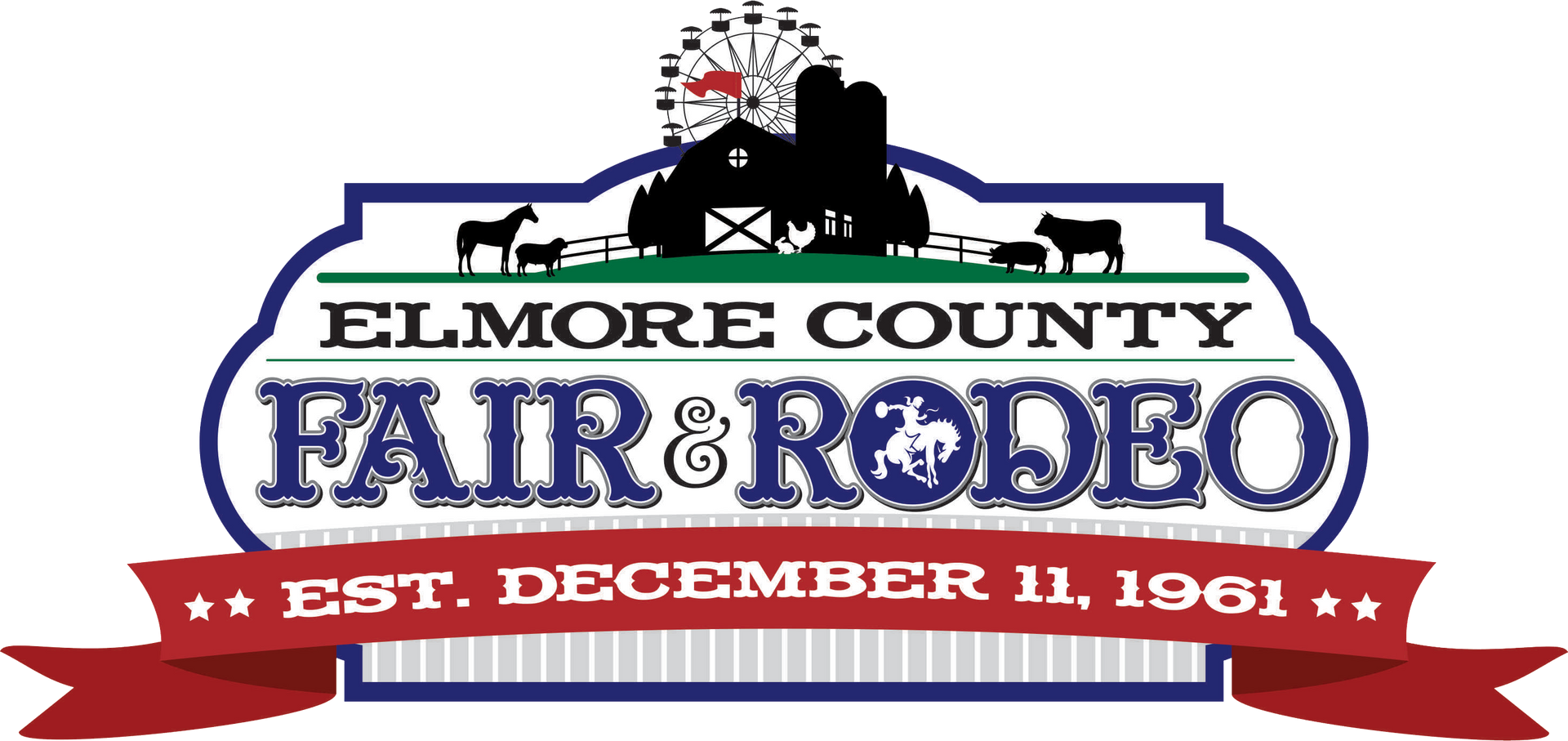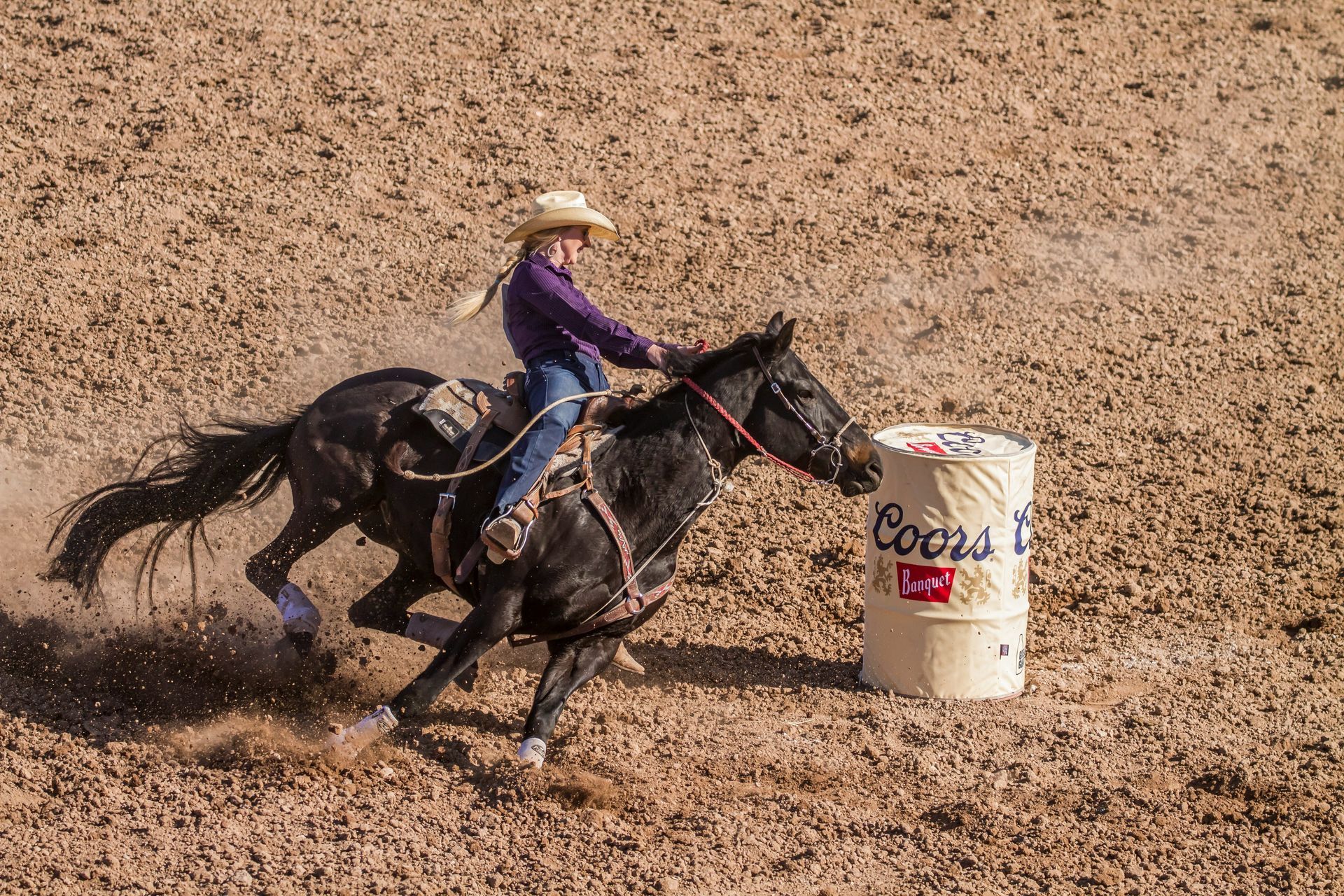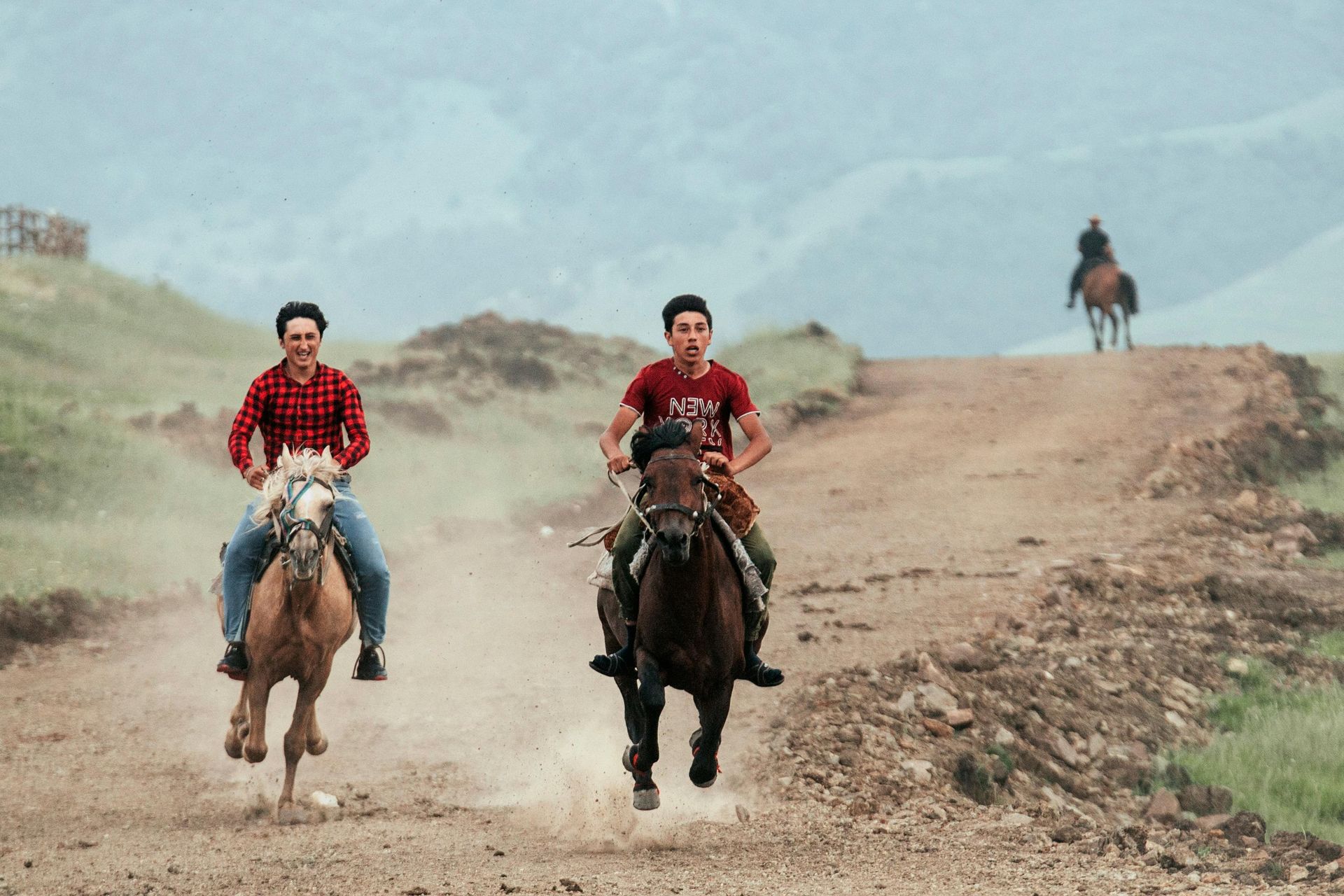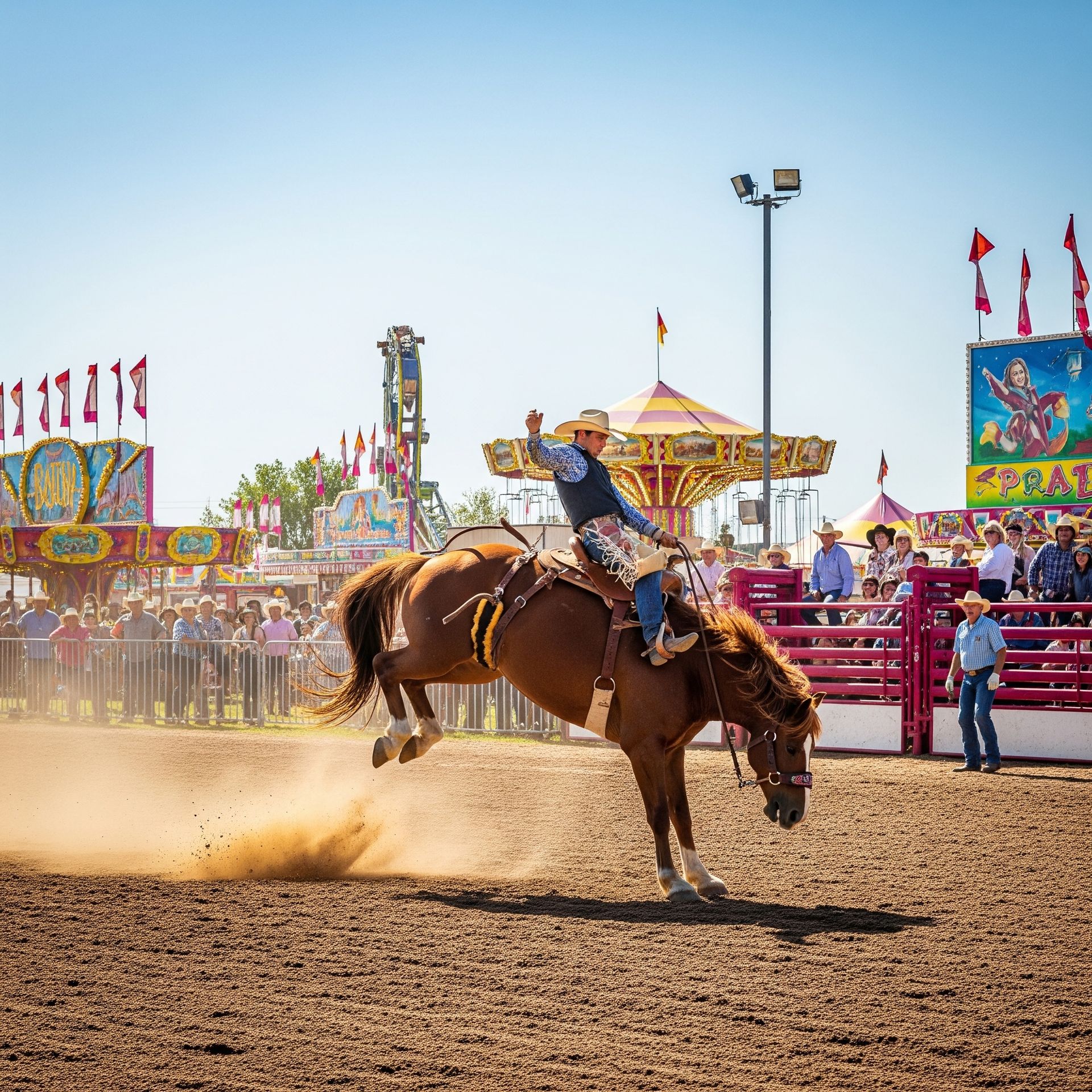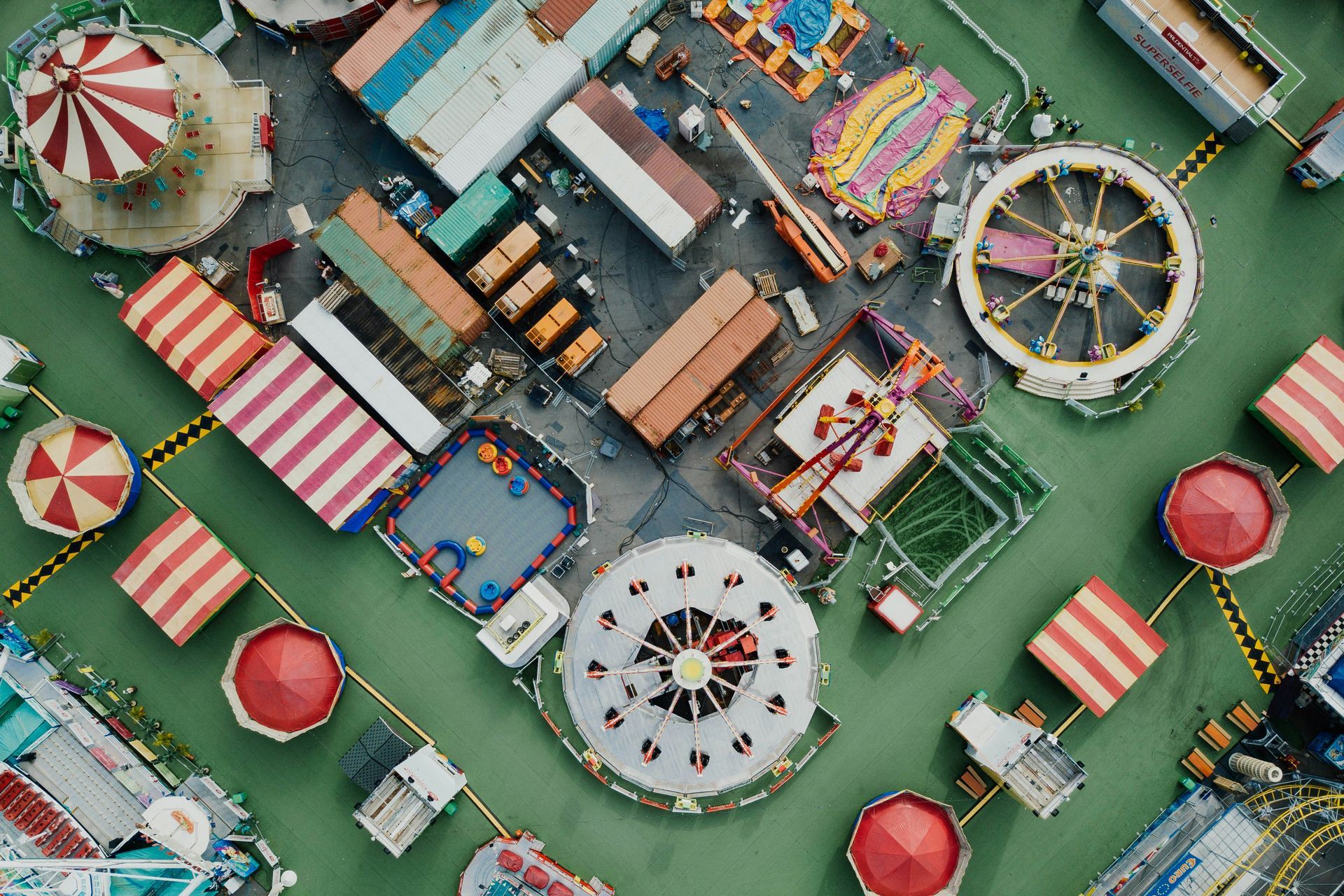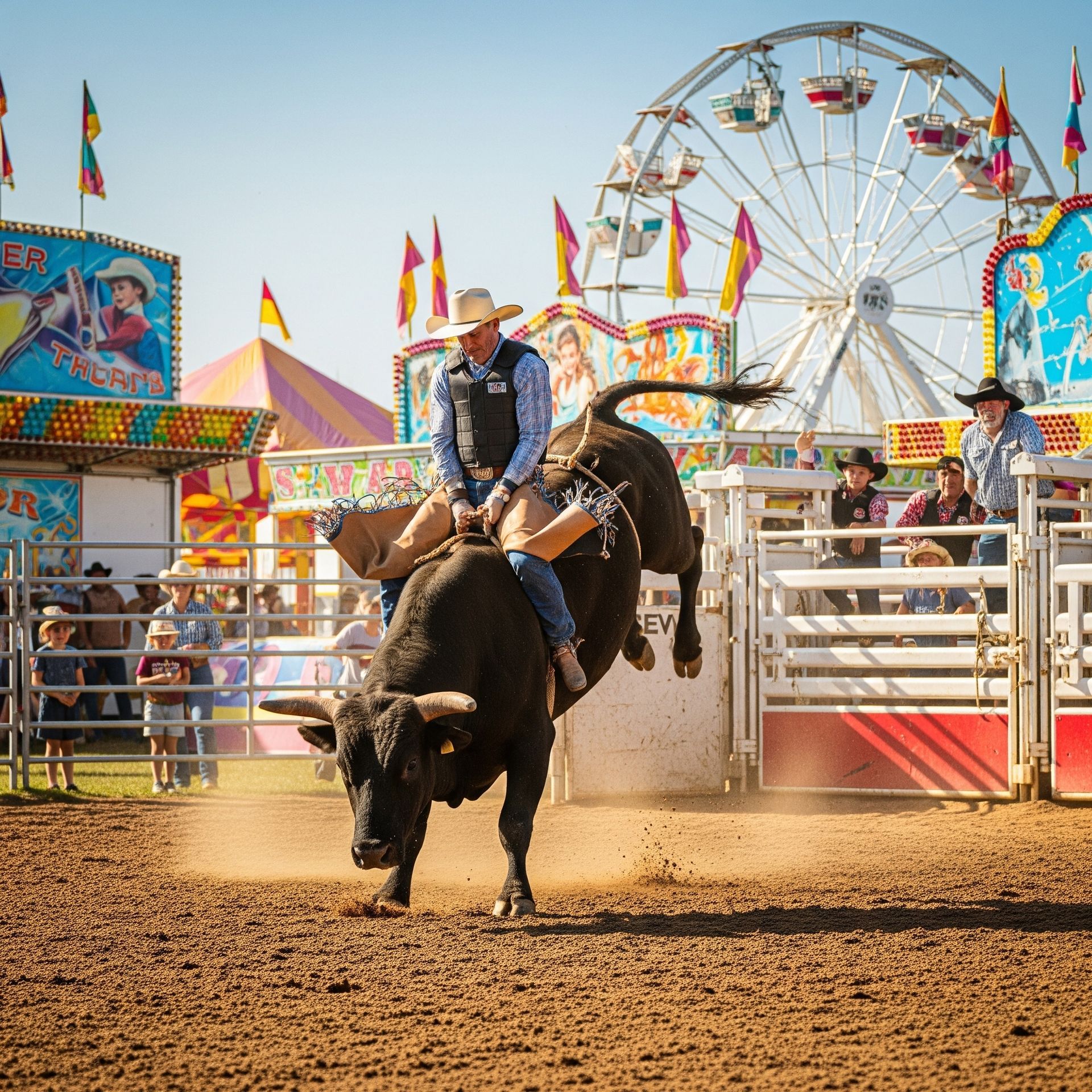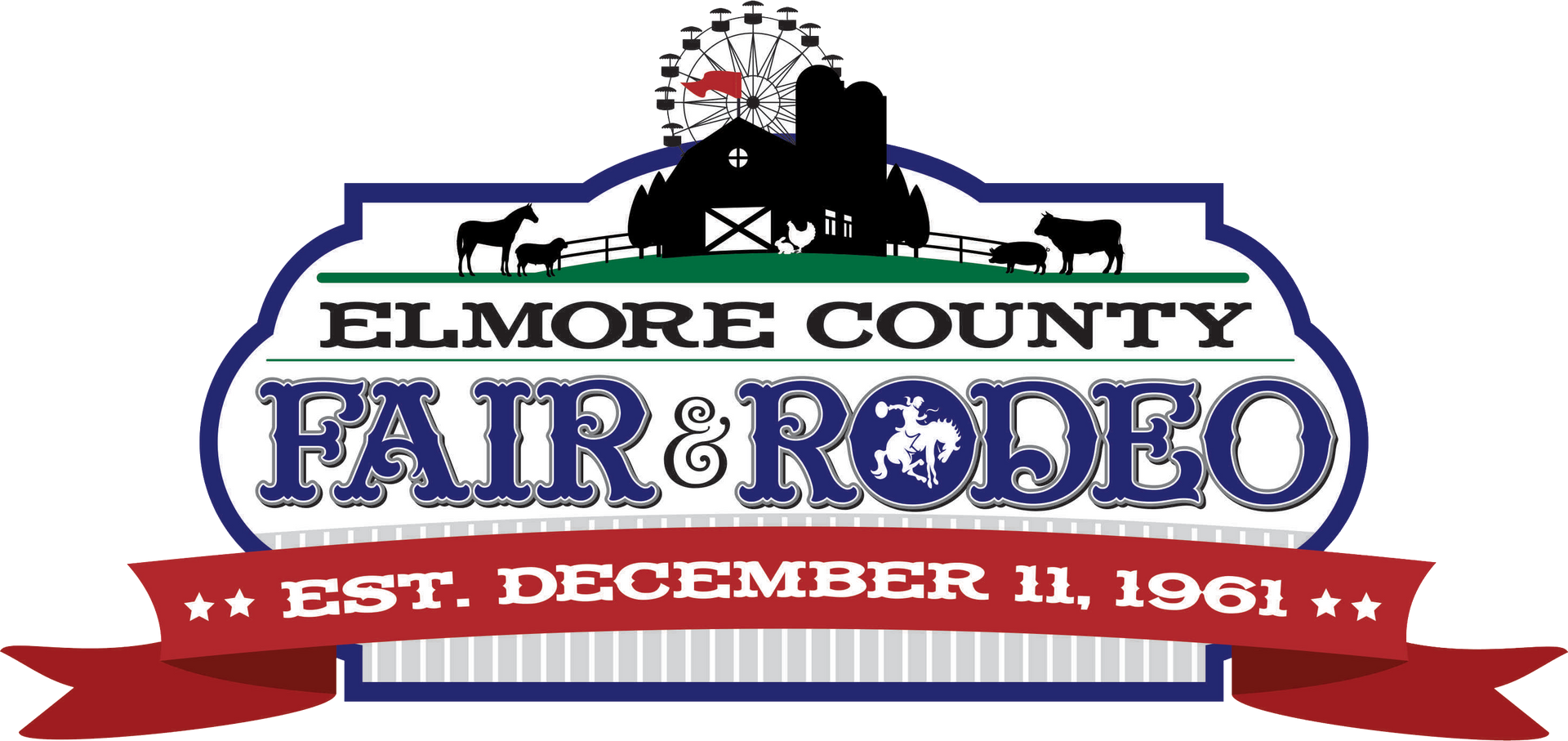Getting Kids Involved in Junior Rodeo Competitions
Rodeo is more than just a sport — it’s a way of life for many families across the United States. For children who grow up around horses, cattle, and the open range,
junior rodeo competitions offer a meaningful and exciting path to develop their skills, learn responsibility, and build lifelong values. Whether your child dreams of roping calves, riding bulls, or racing barrels, junior rodeo can be the perfect introduction to the Western lifestyle and competitive arena.
Getting kids involved in junior rodeo is not only about fostering athleticism, but also about teaching discipline, teamwork, resilience, and sportsmanship. It's an environment that values hard work, persistence, and community support. To better understand the roots of this tradition and the communities that make it thrive, you can learn more
about the people behind it. This article explores how to introduce your child to junior rodeo competitions, what they’ll need to get started, and why this unique sport can have a lasting impact on their lives.
Key Takeaways
- Junior rodeo helps children develop character, responsibility, and a strong work ethic, beyond just physical skills.
- Events are age-appropriate, with divisions ranging from peewee levels for young kids to advanced competitions for teens.
- It is a family-oriented sport where parents play a key role in preparation, travel, and support.
- Safety and proper training are essential to help children grow and participate without unnecessary risks.
- Costs can vary, but many families manage expenses through sponsorships, used equipment, and community support.
- Many successful professional rodeo athletes began their careers in junior rodeo competitions.
What Is Junior Rodeo?
Junior rodeo is a set of competitive events specifically designed for young participants, typically ranging from ages 5 to 18. Just like adult rodeo, it features timed and scored events such as barrel racing, calf roping, pole bending, goat tying, and mutton busting. Each event helps kids learn control, balance, agility, and confidence while connecting with animals in a meaningful way. If you’d like to see how kids are already competing, check out the 2024 rodeo results to get a feel for the action.
These competitions are usually organized by local rodeo associations, 4-H clubs, school programs, or national youth rodeo organizations like the National Little Britches Rodeo Association (NLBRA) and National High School Rodeo Association (NHSRA). You can also explore more about how youth participate through events like the Elmore County Summer Rodeo, which regularly showcases junior talent.
Why Junior Rodeo Matters
Participating in junior rodeo teaches more than just how to ride or rope. Here’s what makes it such a special opportunity for children:
- Responsibility: Rodeo kids care for animals daily, developing routines that teach accountability and compassion.
- Confidence and Leadership: Performing in front of a crowd, managing nerves, and working toward goals builds inner strength.
- Community Values: Junior rodeos often have a tight-knit community of families who help each other, share tips, and cheer each other on.
- Life Skills: Kids learn to win gracefully and lose graciously. They understand that effort often matters more than the outcome.
These values can carry over into school, relationships, and future career paths, making junior rodeo a powerful developmental experience. Events like the many horse events hosted at the Elmore County Fairgrounds highlight just how central these values are to the local culture.
How to Get Started in Junior Rodeo
1. Gauge Your Child’s Interest
Start by talking to your child about what interests them. Do they love horses? Are they already riding or showing animals through 4-H or FFA? You don't need to push them into it — many kids show natural interest in rodeo activities after watching an event or seeing a sibling or friend participate.
2. Attend a Junior Rodeo Event
Take your child to a local competition as a spectator. This helps them understand the environment and see different events in action. They might discover a favorite event like barrel racing or goat tying just by watching others.
3. Choose the Right Event
Depending on your child’s age and experience, they might start with beginner-friendly events like mutton busting, goat tying, barrel racing, or pole bending. These activities help build confidence and basic rodeo skills. As they gain experience, they can move on to more advanced events such as breakaway roping, team roping, tie-down roping, or steer riding. Each event teaches different techniques, so trying a few can help them find the best fit.
4. Find a Rodeo Coach or Mentor
Rodeo is a technical sport, so having someone who can guide your child is key. Look for local trainers, ranchers, or rodeo families willing to offer lessons. Some areas have clinics or day camps where kids can get hands-on experience.
5. Get the Gear and Animals
Depending on the event, your child may need a few key pieces of equipment to get started. This typically includes a saddle, helmet, boots, and proper rodeo clothing. For riding events, a well-trained horse is essential, while other events may require ropes, gloves, and protective vests. Fortunately, you don’t have to buy everything brand new.
Used gear can be just as effective and is often much more affordable, especially when your child is just starting out. If you're not ready to invest in a horse, leasing or borrowing one from a trainer or family friend is a common and practical option. The horse stalls and facilities at the fairgrounds also provide a supportive setup for new participants.
6. Join a Local Rodeo Association
Local rodeo clubs or associations provide access to regular events and competitions. These organizations often offer age-appropriate divisions and help guide new families through the process. Some even provide scholarship opportunities and fundraising support.
7. Practice and Train Regularly
Like any sport, success in junior rodeo comes from regular training. Encourage your child to practice, but also make time for rest and fun. Many rodeo kids practice after school or on weekends. Balance is essential to keep them motivated and avoid burnout.
Understanding the Time and Financial Commitment
It’s important to understand that rodeo, while rewarding, can also be time-consuming and sometimes costly. Travel is often a big part of the commitment, with events taking place on weekends and sometimes requiring trips across towns or even states. Entry fees can add up as well, typically ranging from $10 to $50 per event depending on the competition.
Then there’s the ongoing care for animals, including feeding, vet visits, and farrier services, which are all essential for maintaining their health and performance. Equipment maintenance is another consideration — saddles, tack, trailers, and other gear need regular upkeep to stay in good condition. Despite these costs, many families find creative ways to manage their expenses. Local sponsors, community fundraisers, and shared transportation with other rodeo families often help make the sport more accessible and affordable. Many of these opportunities are part of the year-round events hosted by fairgrounds like those in Elmore County.
What Kids Learn Beyond the Arena
What makes junior rodeo truly special is the long-term value it gives to kids. They walk away with much more than just ribbons and buckles. Through balancing school, practice, and travel, they develop strong time management skills that teach them how to plan and stay focused. The daily routine of feeding horses before sunrise or training after school builds a solid work ethic and a deep sense of discipline.
By connecting with other rodeo participants, they also strengthen their social skills, forming friendships and learning the importance of teamwork. Perhaps most importantly, junior rodeo teaches emotional resilience — kids learn how to handle pressure, bounce back from losses, and keep going with grit and determination. These are life lessons that stay with them long after their time in the arena comes to an end.
Frequently Asked Questions
What age can my child start participating in junior rodeo?
Most junior rodeo associations accept children as young as 5 years old. Events like mutton busting and stick horse races are designed for the youngest age groups, allowing them to participate safely and build confidence.
Is junior rodeo safe for kids?
With the right training, equipment, and supervision, junior rodeo is as safe as other youth sports. Helmets, protective vests, and proper technique help reduce injury risks. Many rodeo associations have strict safety rules and provide emergency medical services on-site during competitions.
Does my child need to own a horse to participate?
Not necessarily. While many rodeo events require a horse, some events like mutton busting or goat tying do not. For riding events, families often lease horses, borrow from trainers, or participate in shared programs when starting out.
How do I find junior rodeo events near me?
Start by checking with local rodeo associations, 4-H clubs, and county fairgrounds. National organizations like the NLBRA or NHSRA have websites that list events by state. Social media groups and local agricultural extension offices are also helpful resources.
Can junior rodeo lead to scholarships or a professional career?
Yes. Many colleges offer rodeo scholarships for skilled youth athletes. High school rodeo associations often have scholarship programs, and some junior rodeo participants go on to compete professionally in the PRCA (Professional Rodeo Cowboys Association) or WPRA (Women’s Professional Rodeo Association).
Final Thoughts
Getting kids involved in junior rodeo is about much more than competition. It’s about immersing them in a lifestyle that values respect, hard work, and heart. Whether your child is roping a dummy in the backyard or riding a horse for the first time in the arena, the lessons they learn will shape their character for years to come.
Junior rodeo gives children the opportunity to grow physically, emotionally, and socially — all while doing something they love. With the support of family, mentors, and a passionate community, they can build confidence, develop skills, and maybe even dream of becoming the next rodeo champion. If you're planning to attend an event, you can check out
ticket and payment details or review
fair schedules and event info to make the most of your visit. So dust off those boots, find a local event, and let your child take the reins. The world of junior rodeo is waiting — and it’s one heck of a ride. If you have any questions or need more information, feel free to
contact the Elmore County Fairgrounds team for support.
